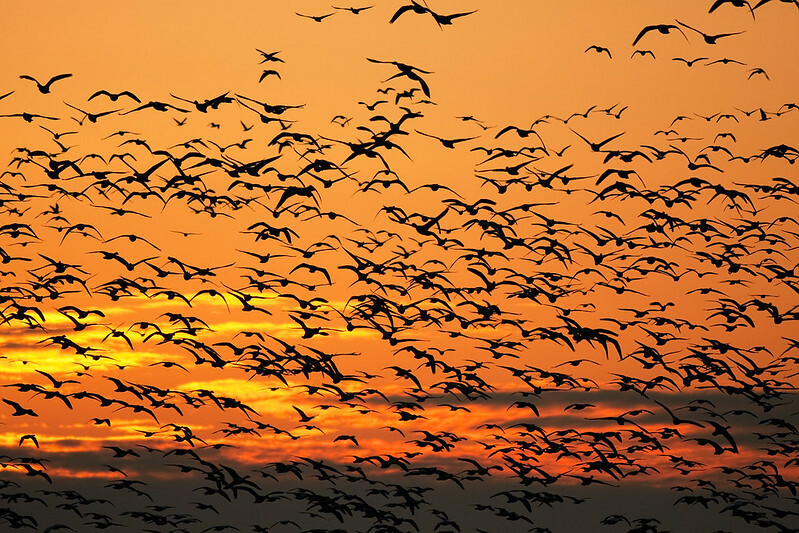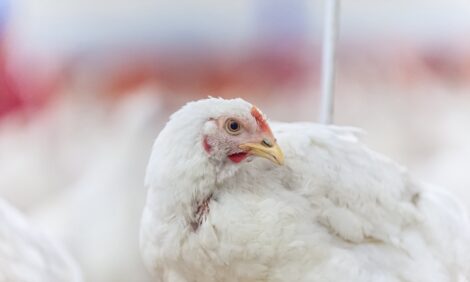



OIE calls for increased surveillance of avian influenza
Outbreaks in poultry and wild birds intensify
The disease is currently present in Africa, Asia and Europe, where it threatens economic stability, food securities and livelihoods, said the World Organisation for Animal Health (OIE).
Avian influenza is a very contagious disease that affects several species of poultry, as well as wild birds. Very occasionally, the disease is passed on to humans.
Subtypes of the HPAI viruses have been circulating in bird populations on a large geographical scale in recent years, said OIE. In 2021, though, an unprecedented genetic variability of subtypes has been reported in birds. The increase in genetic variability of subtypes has created challenges, epidemiologically speaking.
Currently, the subtypes circulating in poultry and wild bird populations globally include: H5N1, H5N3, H5N4, H5N5, H5N6 or H5N8.
Outbreaks usually begin to increase in October, peak in January, and continue through April. Nearly 16,000 cases of HPAI in domestic and wild birds have already been reported this October, signalling the increased risk of virus circulation.
OIE said that it is critical that countries notify outbreaks in a timely manner. Doing so helps to ensure an accurate monitoring of the evolution and spread of the disease.
From January 2022 onwards, updated reporting obligations will come into effect. Individual countries will also be expected to report low pathogenicity avian influenza infections as well.
To prevent spread, it is crucial that the animal health sector implement strict biosecurity measures on-farm. Disinfection of poultry premises, and isolating infected birds from healthy ones are highly recommended measures, said OIE.
The OIE urges countries to maintain surveillance efforts and to continue timely reporting of avian influenza outbreaks in both poultry and non-poultry species, including wild birds.










